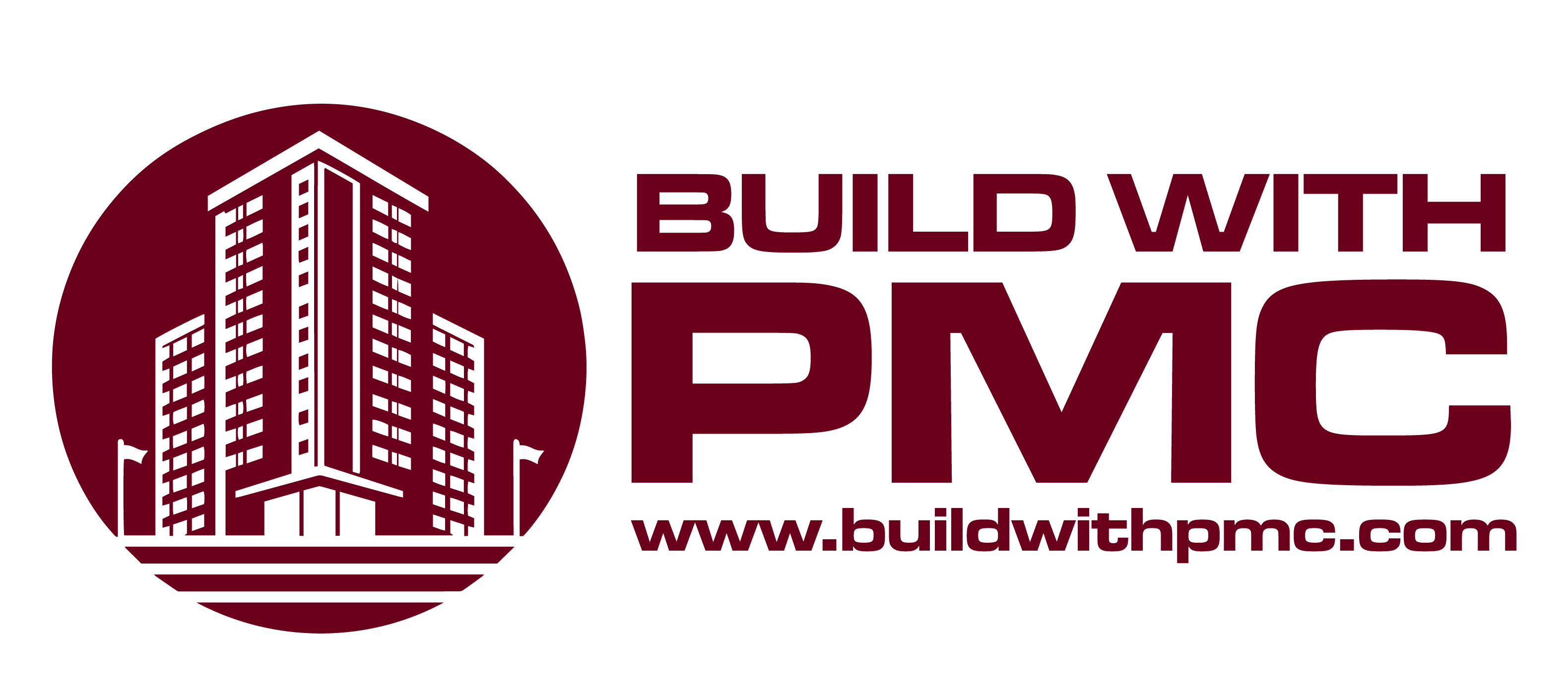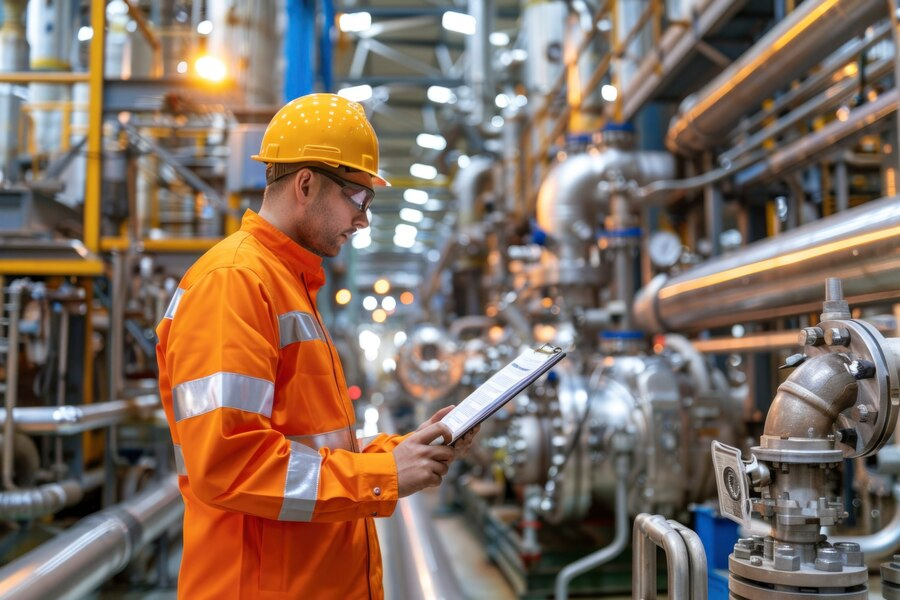Process piping systems are the lifeblood of many industrial operations, facilitating the movement of fluids, gases, and other materials through various processes. Proper design, installation, and maintenance of these systems are crucial for ensuring safety, efficiency, and reliability. In this comprehensive guide, we’ll delve into the essential guidelines for creating and maintaining effective process piping systems, providing you with valuable insights to optimize your operations.
Understanding Process Piping Systems
Before diving into the guidelines, it’s important to grasp what process piping systems entail. These systems are used in industries such as oil and gas, chemicals, pharmaceuticals, and power generation. They are designed to transport various substances from one point to another within a facility, often under high pressure and temperature conditions.
The core components of a process piping system include pipes, fittings, valves, and supports. Each of these elements plays a vital role in ensuring the system operates smoothly. Pipes carry the substances, fittings connect sections of pipes, valves control the flow, and supports hold everything in place.
Designing an Effective Process Piping System
Designing a process piping system requires careful consideration of various factors to ensure it meets operational requirements and adheres to safety standards. Here are some essential guidelines for effective design:
- Understand the Process Requirements: The first step in designing a piping system is to thoroughly understand the process requirements. This involves knowing the types of fluids or gases being transported, their temperatures and pressures, and the flow rates. Understanding these requirements helps in selecting the appropriate materials, pipe sizes, and components for the system.
- Select Appropriate Materials: Choosing the right materials is crucial for the longevity and performance of the piping system. The materials should be compatible with the transported substances to prevent corrosion or degradation. Common materials include carbon steel, stainless steel, and various alloys, each suited for different conditions. Consider factors such as temperature, pressure, and chemical compatibility when selecting materials.
- Adhere to Industry Standards and Codes: Compliance with industry standards and codes is essential for safety and regulatory reasons. Standards such as ASME B31.3 for process piping and API standards for the oil and gas industry provide guidelines for design, materials, and testing. Adhering to these standards helps ensure that the piping system is reliable and meets safety regulations.
- Incorporate Proper Pipe Sizing: Correct pipe sizing is critical for maintaining optimal flow rates and minimizing energy loss. Oversized or undersized pipes can lead to inefficiencies and increased operational costs. Use hydraulic calculations to determine the appropriate pipe sizes based on the flow rates and pressure drops.
- Plan for Accessibility and Maintenance: Design the piping system with accessibility in mind to facilitate maintenance and repairs. This includes providing adequate space around critical components and incorporating access points for inspection and servicing. Proper planning helps minimize downtime and ensures that the system remains operational over its lifespan.
Best Practices for Designing Reliable Process Piping Systems
Designing reliable process piping systems is essential for ensuring the smooth operation and longevity of industrial processes. A thorough understanding of process requirements is the foundation of effective design. This involves analyzing the types of fluids or gases being transported, their temperatures and pressures, and the required flow rates. Selecting appropriate materials that can withstand the operating conditions without corroding or degrading is crucial. Proper pipe sizing, based on accurate hydraulic calculations, ensures optimal flow rates and minimizes energy loss.
Incorporating flexibility in the design to accommodate thermal expansion and contraction helps prevent stress and potential failures. Adhering to industry standards and codes, such as ASME B31.3, guarantees that the design meets safety and regulatory requirements. Additionally, planning for accessibility and maintenance by providing adequate space around critical components and incorporating access points for inspection ensures that the system remains operational and easy to service. A well-designed process piping system not only enhances efficiency but also reduces the risk of downtime and costly repairs.

How to Ensure Longevity in Process Piping Systems
Ensuring the longevity of process piping systems involves a combination of careful design, proper installation, and ongoing maintenance. The first step is selecting materials that are resistant to the specific chemicals and environmental conditions they will encounter. Regular inspections to identify early signs of wear, corrosion, or leaks are crucial. Implementing a preventive maintenance program that includes routine checks and servicing helps address potential issues before they escalate into major problems.
Monitoring system performance through sensors and instrumentation allows for early detection of deviations from normal operating conditions. Keeping detailed records of inspections, maintenance activities, and repairs provides valuable information for tracking system performance and planning future maintenance. Ensuring that all personnel are adequately trained in operating and maintaining the system safely is also essential. By taking these steps, you can significantly extend the lifespan of your process piping system and ensure it operates efficiently and reliably.
Installation Best Practices
The installation of process piping systems must be carried out meticulously to ensure that the system operates as intended. Here are some best practices for installation:
- Follow Design Specifications: Adherence to design specifications is crucial during installation. Ensure that all components are installed according to the approved design drawings and specifications. Deviations from the design can lead to system failures or safety hazards.
- Ensure Proper Alignment and Support: Proper alignment of pipes and supports is essential to prevent stress and deformation. Misalignment can lead to leaks and premature wear. Use appropriate supports and hangers to hold the pipes in place and distribute loads evenly.
- Inspect Welds and Connections: Inspect all welds and connections for quality and integrity. Poorly executed welds can lead to leaks and failures. Ensure that welding is performed by qualified personnel and that all connections are tested for leaks before the system is put into operation.
- Conduct Pressure Testing: Pressure testing is a critical step in the installation process. Test the piping system at specified pressures to verify its integrity and ensure there are no leaks. Pressure testing helps identify any issues before the system is used in operation.
The Importance of Material Selection in Process Piping Systems
Material selection is a crucial factor in the design and performance of process piping systems. The materials chosen must be compatible with the substances being transported to prevent corrosion and degradation. Factors such as temperature, pressure, and chemical compatibility must be considered when selecting materials. Common materials used in process piping systems include carbon steel, stainless steel, and various alloys, each suited for different conditions.
Selecting the right materials not only ensures the longevity and reliability of the piping system but also enhances safety and performance. For example, stainless steel is often chosen for its corrosion resistance and strength, making it suitable for harsh environments. In contrast, carbon steel may be used for its cost-effectiveness and durability in less demanding applications. By carefully considering the specific requirements of the process and choosing materials accordingly, you can ensure that your process piping system operates efficiently and safely.
Essential Maintenance Tips for Process Piping Systems
Regular maintenance is key to the reliable operation and longevity of process piping systems. Implementing a preventive maintenance program that includes routine inspections and servicing helps identify and address potential issues before they become major problems. Regularly checking for leaks, corrosion, and wear, as well as replacing worn components, ensures that the system remains in good condition.
Continuous monitoring of system performance through sensors and instrumentation allows for early detection of abnormalities. Keeping detailed records of all inspections, maintenance activities, and repairs provides valuable information for tracking system performance and planning future maintenance. Additionally, ensuring that personnel are adequately trained in maintenance procedures and safety protocols is essential for effective maintenance. By following these essential maintenance tips, you can minimize downtime, extend the lifespan of your process piping system, and maintain optimal performance.
Expert Advice on Process Piping System Inspections
Regular inspections are crucial for maintaining the integrity and performance of process piping systems. Expert advice suggests conducting visual inspections for signs of corrosion, leaks, and damage, as well as more detailed inspections using non-destructive testing methods such as ultrasonic or radiographic testing. These methods allow for the detection of internal issues that may not be visible externally.
Scheduling regular inspections and maintaining detailed records of findings helps track the condition of the piping system over time. This information is invaluable for planning maintenance activities and preventing unexpected failures. Experts also recommend involving qualified personnel in the inspection process to ensure that potential issues are accurately identified and addressed. By following expert advice on inspections, you can ensure the reliability and safety of your process piping system, minimizing the risk of costly downtime and repairs.
Conclusion
Ensuring the effectiveness of process piping systems involves careful design, proper installation, regular maintenance, and thorough inspections. By following these essential guidelines, you can enhance the reliability, safety, and longevity of your piping systems, ultimately optimizing your industrial operations. Paying attention to material selection, adhering to industry standards, and implementing preventive maintenance are key steps in achieving a robust and efficient system.
At PMC INC, we specialize in designing and maintaining top-notch process piping systems tailored to meet your specific needs. If you have any questions or need assistance with your piping system, feel free to reach out to us. You can contact us at 562-905-3101 or visit our office at 14563 Manzanita Dr, Fontana, CA 92335. We’re here to help you ensure your systems run smoothly and efficiently.




